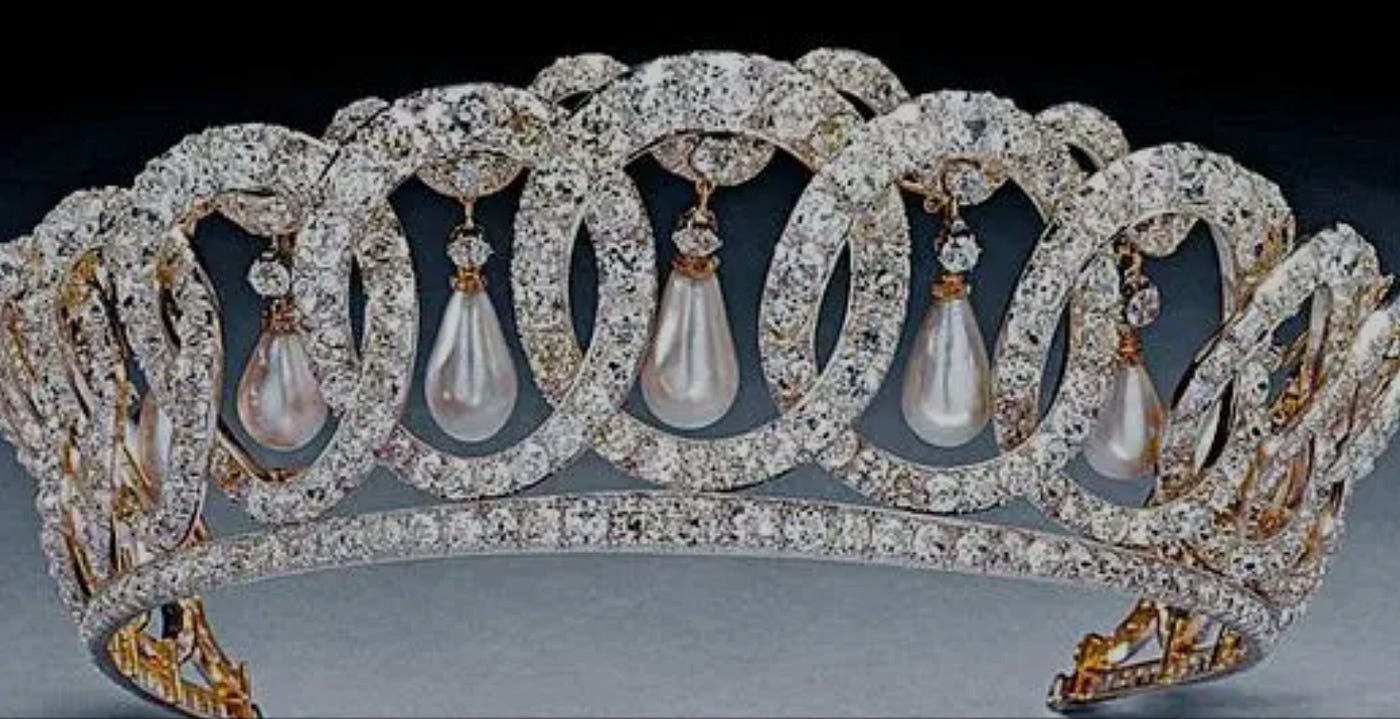Regal Radiance: A Glimpse into the Jewelry Troves of Indian Royalty

Engagement rings such as designs by ethical jewellery from Lily Arkwright, are often seen as symbols of love and commitment, but in the opulent world of Indian royalty, they represent so much more. The jewelry troves of Indian royals are filled with pieces that exude regal radiance and showcase a rich heritage of craftsmanship and artistry. From dazzling necklaces to intricate bangles, the jewelry worn by Indian royalty tells stories of power, cultural significance, and timeless beauty.
India’s royal families have a long and illustrious history, with each dynasty contributing its unique style to the world of jewelry. The Mughal Empire, in particular, is renowned for its lavish adornments. Mughal emperors and empresses were known to wear elaborate jewelry pieces that combined precious stones, intricate designs, and artistic craftsmanship. The Mughal influence is evident in the use of gemstones such as diamonds, emeralds, rubies, and pearls, often set in gold and silver, which create a striking contrast and enhance the overall beauty of the pieces.
One of the most famous pieces of jewelry associated with Indian royalty is the Noor-Us-Sabah necklace, a stunning creation that belonged to Empress Noor Jahan, the wife of Emperor Jahangir. This extraordinary necklace features a breathtaking array of diamonds and is often considered one of the finest examples of Mughal jewelry. Such pieces not only reflected the wealth of the empire but also served as symbols of status and power, often passed down through generations as heirlooms.
The Rajput kings and queens also had their distinct jewelry styles, often characterized by vibrant colors and intricate designs. Their jewelry was heavily influenced by local traditions and showcased the craftsmanship of skilled artisans. Engagement rings in this era were often elaborate, featuring colorful gemstones and intricate motifs that reflected the beauty of Rajasthan. The use of enamel work, known as “meenakari,” added another layer of artistry, making these pieces unique and culturally significant.
As we explore the jewelry troves of Indian royalty, we cannot overlook the significance of traditional bridal jewelry. In many Indian cultures, bridal adornments play a crucial role in weddings, symbolizing prosperity and fertility. For example, the “chura,” a set of red and white bangles, is a vital part of a bride’s ensemble in North Indian weddings. These bangles are often gifted by the maternal family and carry deep cultural meaning. Engagement rings, though more modern, have also become an integral part of wedding ceremonies, often chosen to reflect both the bride’s personality and the family’s heritage.
In addition to their aesthetic appeal, royal jewelry often served practical purposes. For instance, certain pieces were designed to hold talismans or protective amulets, believed to bring good fortune to the wearer. This fusion of beauty and utility speaks to the spiritual and cultural dimensions of Indian jewelry, elevating it beyond mere adornment.
The craftsmanship involved in creating these exquisite pieces is nothing short of extraordinary. Indian jewelers have honed their skills over centuries, employing techniques that have been passed down through generations. The intricate work involved in setting gemstones, creating filigree designs, and adding detailed engravings showcases the immense talent and dedication of these artisans. Many royal families continue to commission pieces from skilled craftsmen, ensuring that traditional methods are preserved and celebrated.
Today, the legacy of Indian royal jewelry continues to inspire modern designers. Many contemporary jewelers draw upon the rich heritage of royal adornments to create pieces that resonate with both tradition and modernity. The enduring appeal of these designs is evident in the popularity of traditional jewelry during weddings and celebrations, as well as in the growing interest in vintage and antique pieces that reflect the grandeur of a bygone era.
In conclusion, the jewelry troves of Indian royalty offer a mesmerizing glimpse into a world of regal radiance and artistic brilliance. From engagement rings to elaborate necklaces, each piece tells a story of cultural significance, craftsmanship, and the enduring legacy of India’s royal families. As we celebrate the beauty and history of this jewelry, we are reminded of the profound connections between art, culture, and identity that continue to thrive in India today. The dazzling treasures of Indian royalty not only represent the opulence of their time but also serve as a testament to the enduring power of beauty and craftsmanship throughout history.



